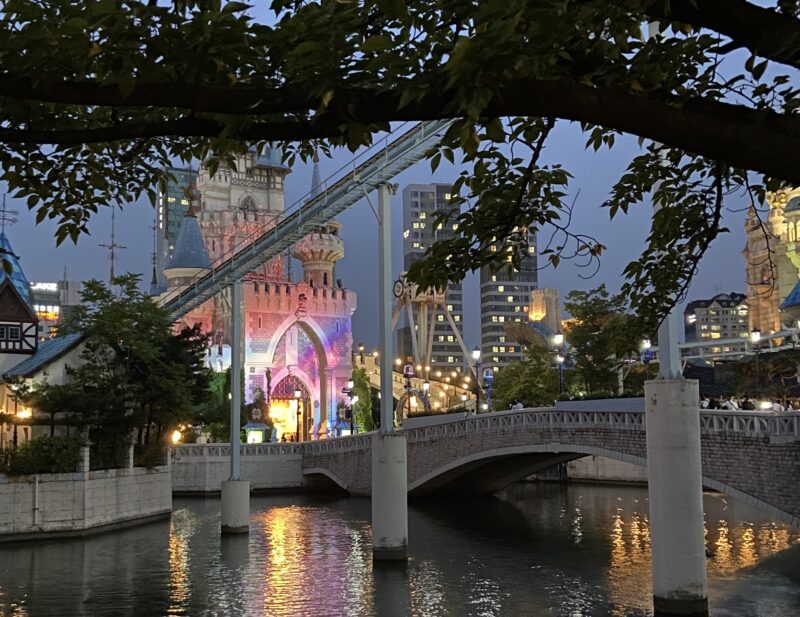In Gabriel Garcia Marquez’s One Hundred Years of Solitude, insomnia is a contagious disease. It spreads throughout the town of Macondo like a curse, and people affected start to lose their memory.
Before the memory loss begins, however, there’s a period of feverish productivity. Carpenters, leaders, and workers–they all prosper. Everyone looks upon this condition as an improvement. Twenty-four full hours in a day at their disposal–what a blessing! And bridges get built. Houses spring up from the ground. Animals are fed and plants watered. Science experiments abound. The Macondo inhabitants are the last ones to realize that there may be consequences that reach far ahead, ones that begin softly diminishing the outer fringes of their memory and starts to eat their way in.
A period of productivity followed by mild memory loss, as described in this fictionalized version of insomnia, may actually be preferable alternatives to what actually happens to our bodies with no sleep. They start shutting down. A friend who’s worked as a nurse on overnight shifts said her body clock was wrecked since she couldn’t fall asleep in the morning and sleep through the day the way we’re supposed to sleep through night. An older lady who had also worked as a nurse said that she was driving home from work having stayed awake for thirty-six hours straight, and with her hands on the wheel was thinking, If I get in front of that truck, I can sleep for a long, long time. The most analyzed world record for no sleep was for 11 days and 24 minutes, set by Randy Gardner in 1963. By the final day he experienced memory loss, hallucinations, and paranoia; decades after, he developed serious insomnia.
None of this will happen, of course, if you just get enough sleep, no matter when in the day. I’ve just always found nocturnal animals (and people) fascinating. What’s it like to start your day with night noises? To try and go to bed as the sun comes through the window?
____
Nocturnal animals come out at night. Frogs, fireflies, owls. Cats with glowing eyes from garbage dumps. Raccoons in trash chutes. They’re not altogether spotless in reputation but they have some sniffing, curious, night-hunter qualities all on their own. They would make for an excellent gang of bandits were you to organize a night army. Oh, I forgot—hamsters that start whirring their wheels in cages at 3am while their host family sleeps.
I feel that in any city there is a similar… shall we call it withdrawal of the tide, changing of the guards? that can be observed among its human inhabitants. A diurnal (daytime) squad gives way to the nocturnal squad at sunset. It can be seen in the city’s highways where the 9-to-5 employees head home in sunset rush-hour. The nighttime squad, two hours later, make their way to work in darkness. The next morning, they’re coming home bleary-eyed while the freshly dressed daytime employees bravely take on the morning rush-hour, coffees in hand.
Nights in Seoul are interesting because, in addition to being busy and moonlit and lively, it is a sort of public dance where both species seem to mingle. Everyone is getting their second burst of energy somewhere, it seems: studious headphones wearers in cafes, beer drinkers laughing as they’re seated at plastic tables, smokers headed to Hongdae. Nearly everywhere is movement and noise and laughter. June nights in particular have a warm darkness hovering about each street and corner. Street vendors still sell fruit and fish cakes. New Balance is still lit up. Buses course down the main street still. And I’ve been to Yonsei University campus at night: every library window is illuminated. What a city! What buzz and electricity thrumming through its veins, running off such little sleep! And in ten or twenty years’ time, if some of the people are to lose edges of their memory, all this data must be stored in the form of security camera footage that never sleeps and watches glass-eyed over the city; dawn till dusk, and dusk till dawn.
